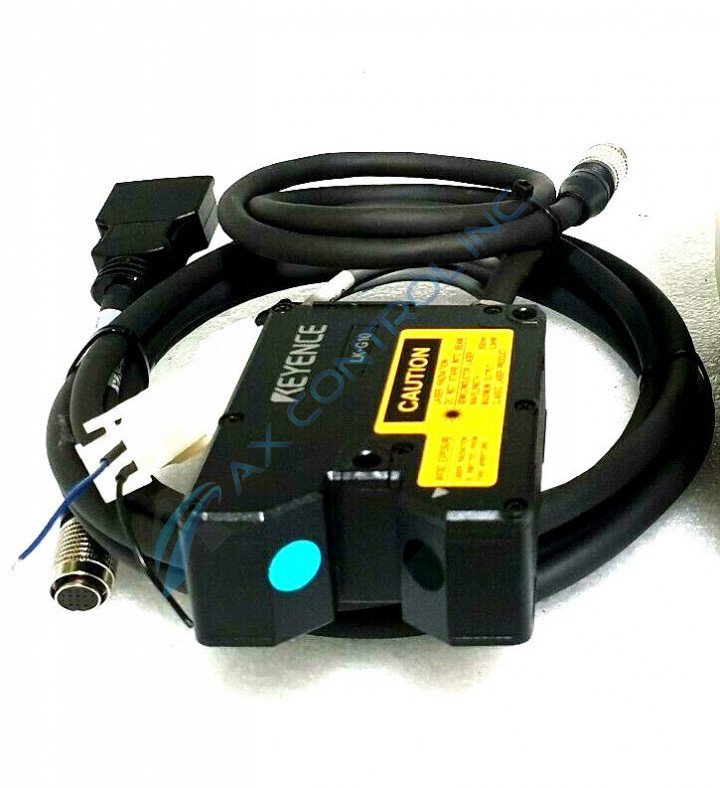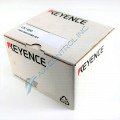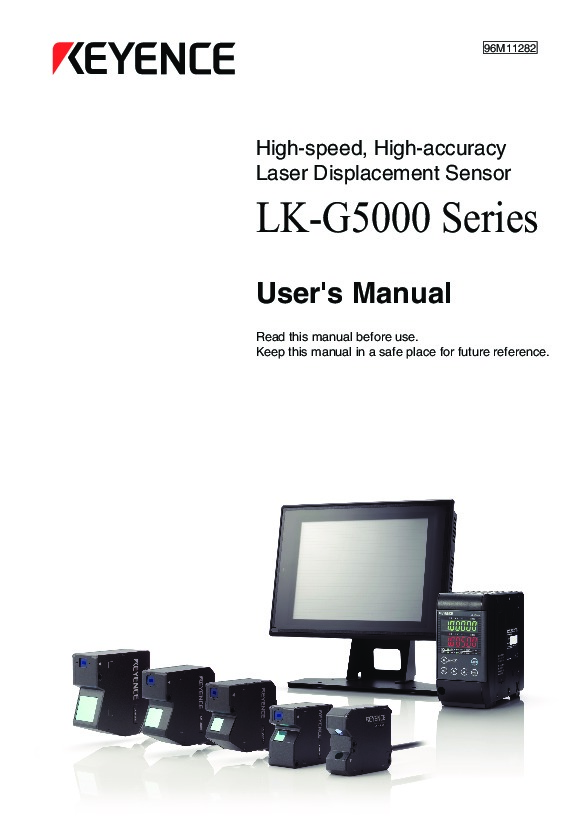About the LK-G10
The LK-G10 is a CCD Laser Displacement Sensor. This super precise, high accuracy, long distance innovative CCD Laser Displacement Sensor is a member of the LK-G3000 series. The unit is capable of achieving ultra higher accuracy ±0.02% and is the fastest in its class with a frequency of 50 kHz. The sensor has a spot diameter of 20 µm and repeatability of 0.01 µm.
High Accuracy Lens Unit
KEYENCE has designed a new light-receiving unit for concentrating reflected light onto the Li-CCD. The newlydeveloped, high-accuracy Ernostar lens drastically reduce spot distortion caused by aberrations. In addition, a special die-cast housing integrating the sensor head with the lenses is employed, achieving excellent rigidity.
ULTRA-HIGH SPEED SAMPLING OF 50 kHz
The Li-CCD features high-speed sampling rate 25 times faster than conventional models. High-speed digital processing of signals from the Li-CCD is performed by a special waveform-processor (Digital Signal Processor), satisfying both high-speed and high-accuracy measurements. Targets traveling, rotating, or vibrating at high speed can be measured reliably.
HIGH-ACCURACY OF ±0.02%
KEYENCE has redesigned the optical system in order to achieve high-accuracy measurement. Incorporating Ernostar optical systems with a Li-CCD produces excellent linearity characteristics. It precisely focuses/detects reflection from targets to provide almost double the accuracy of conventional models. Thus, the LK-G Series is designed for product miniaturization and high-accuracy measurement.
HIGH REPEATABILITY OF 0.01 µm
The CPU, which is integrated in the sensor head, digitises all signals sent to the controller, dramatically reducing disturbance noise. A highly rigid die-cast body is used to reduce deviations caused by temperature changes, and a Li-CCD with 10 times better sensitivity than conventional models is used to reduce signal noise. These design revisions, targeting high accuracy applications, have successfully produced a repeatability that is 20 times better than conventional models
The ABLE function, along with newly developed measurement algorithms, provide measurement of diffuse, transparent, or translucent targets.












